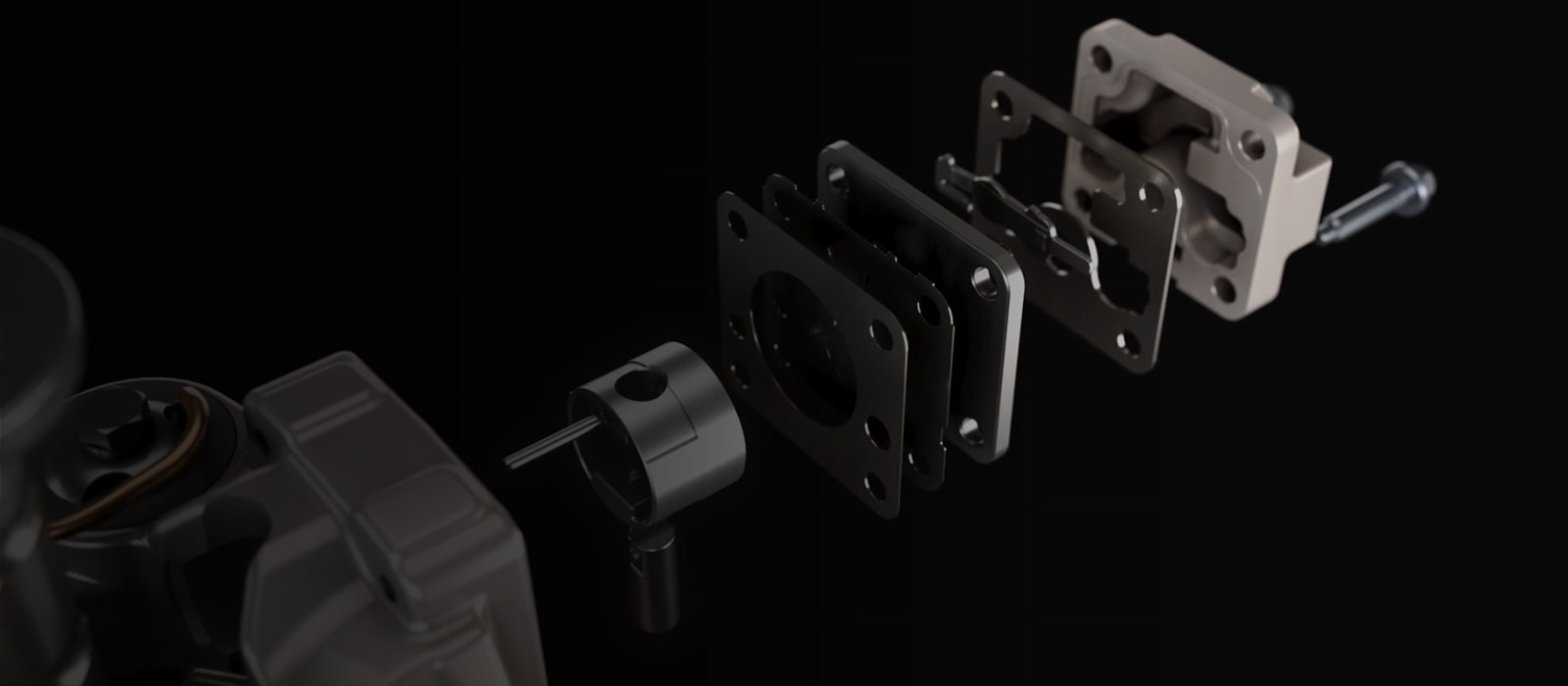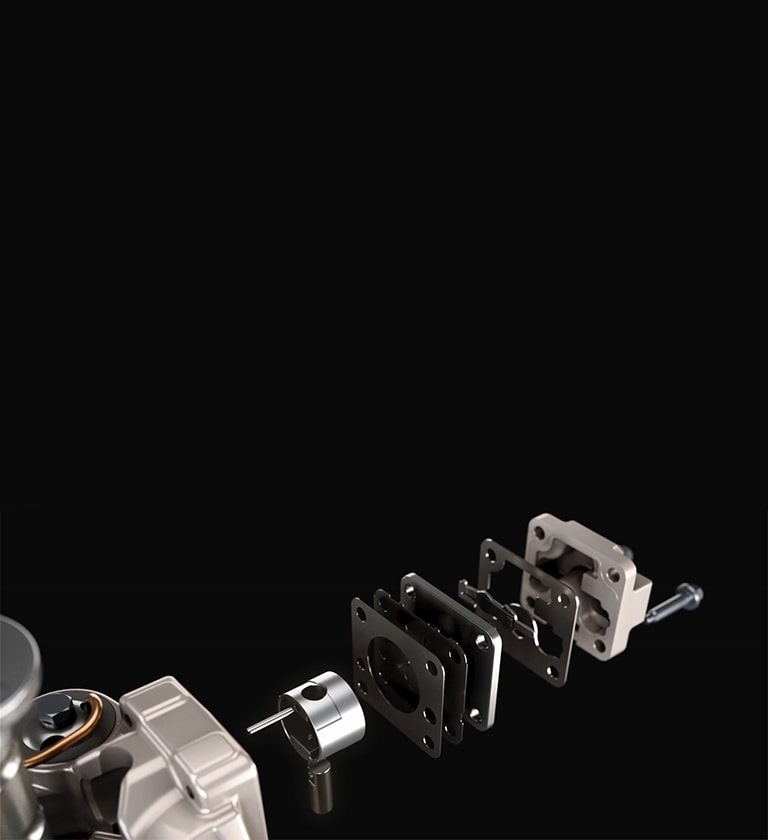-
Q. What are the uses of a reciprocating compressor?


-
A world without modern conveniences is difficult to imagine, and central to many of these conveniences are reciprocating compressors. Found in an array of household devices, reciprocating compressors work silently behind the scenes, often unnoticed, yet playing an integral role in our daily lives.
The secret behind your air conditioner's cooling function, your refrigerator's preservation capabilities, and even the functionality of some types of vacuum cleaners, is a reciprocating compressor. Reciprocating compressors are essential components that power these domestic devices. Their role involves taking in low-pressure gas, compressing it, and ejecting it at a higher pressure, a simple yet critical operation.
In this blog, we explore the unseen yet powerful influence of these compressors, delving into their operation, significance, and the vital role they play within various household devices. Get ready to uncover the mechanics of your everyday appliances, unmasking the little-known world of reciprocating compressors.
-
Q. What is a reciprocating compressor?


-
A reciprocating compressor, also known as a piston compressor, is a type of machine that increases the pressure of a gas by reducing its volume. The word "reciprocating" means "back and forth" which is the exact movement the pistons in this type of compressor make.
A reciprocating compressor has a cylinder and a piston. The piston moves back and forth inside the cylinder, helping to compress the gas. Here's a basic idea of how it works:


-
(Picture 1) The journey begins with the cylinder, the compressor's heart, where the refrigerant is compressed. Next is the Piston, the workhorse that creates pressure for the compressor to operate effectively.
(Picture 2) Then, there is the crankshaft that drives the piston's movement. Its rotation is converted into a linear motion driving the piston back and forth in a reciprocal motion.
(Picture 3) The connecting rod acts as the link between the crankshaft and the piston. It converts the rotational motion of the crankshaft into the linear motion of the piston.
(Picture 4) As the piston retreats within the cylinder, it creates a low-pressure area. In response to this pressure difference, the suction valve opens, allowing the refrigerant to flow into it.
(Picture 5) The piston then compresses the refrigerant raising its high pressure and temperature. The suction valve closes as the refrigerant is compressed. This prevents the compressed refrigerant from flowing back into the intake. Once the refrigerant reaches the desired pressure, the discharge valve opens, heading to the condenser where it releases the heat. And just like that, the cycle repeats itself. This efficient and rhythmic process delivers a consistent flow of high-pressure gas.
Reciprocating compressors are highly efficient and can achieve high pressure, making them suitable for various commercial and residential applications.
-
Q. What are the main applications of a reciprocating compressor?
Reciprocating compressors are used in a broad range of devices. Hermetic reciprocating compressors are the type most widely used in household appliances. Reciprocating compressors are commonly used in our freezers, refrigerators, air coolers and water-cooling equipment. They are popular for domestic applications because of their low maintenance cost and durability. In a household setting, these are commonly found in:


-
In each of these applications, the fundamental principle remains the same: the reciprocating compressor helps to manipulate the pressure and temperature of a gas, enabling the device to heat, cool, or dehumidify as required.
-
Conclusion
It's important to have a thorough understanding of the benefits and applications of any compressor before investing in it. Reciprocating compressors have low maintenance costs and the ability to generate high pressure. They are durable, affordable, and have a significant life span. Therefore, they are recommended for places where cost and durability are a concern.
At LG Compressor and Motor, we provide detailed information and professional knowledge so that businesses can select the right compressor for their specific needs such as optimized performance, cost-effectiveness, and reliability.
Products In This Article
-
"The information contained in the article is released by LG Electronics and may not be used for personal work. It may not be copied, reproduced, modified, decompiled, or reverse-engineered into any other work without prior permission from LG Electronics."
-
*Products and solutions may vary according to country and operating conditions.
Please click the 'INQUIRY TO BUY' banner below to contact LG Sales Team
for further information on solutions and products.





